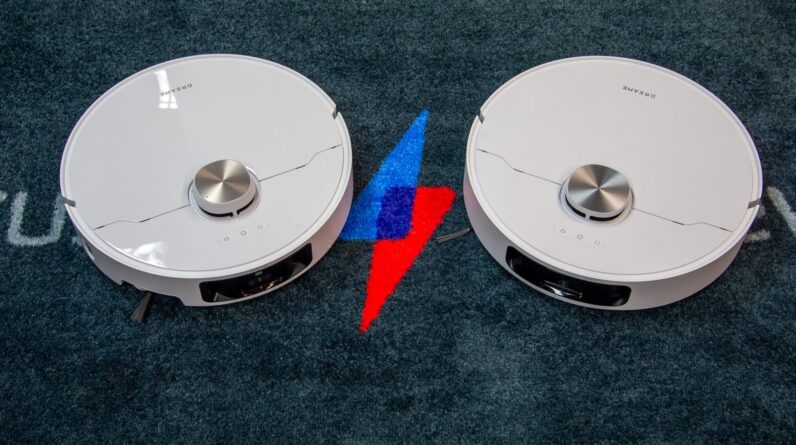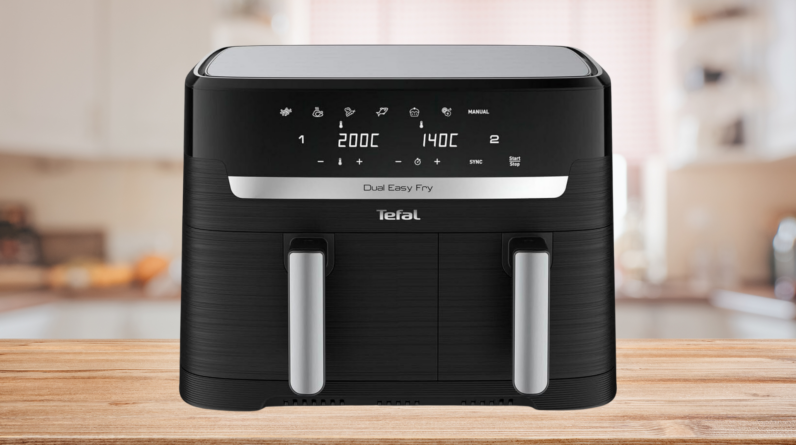
When Apple launched the iPhone 15 and iPhone 15 Plus, it fitted them out with the SoC that powered the iPhone 14 Pro and iPhone 14 Pro Max, the A16 Bionic. With the launch of the new iPhones, built around Apple Intelligence, Apple has created a new chip for the iPhone 16 and iPhone 16 Plus, the A18.
While that’s a big jump in power for the entry-level models, the high-end iPhone 16 Pro and iPhone 16 Pro Max have an even more powerful SoC, the A18 Pro.
If you’re wondering what the differences are between the two chips (and phones) and how they’ll affect performance and capabilities, here’s what to expect.
Both chips use a 2nd generation 3nm architecture
Apple moved to a 3nm process for last year’s A17 Pro, which featured on the iPhone 15 Pro models, but standard iPhone 15 models were stuck with an older 4nm architecture on the A16 Bionic. This year, that changes as both the A18 and A18 Pro use the 2nd generation 3nm architecture with smaller transistors.
Not only does that mean that more can be squeezed onto each chip, but it makes each chip more power efficient. According to Apple, the A18 chip can deliver the same performance as the A16 Bionic, using 30% less power; and the A18 Pro can deliver the same performance as the A17 Pro using 20% less power.
Although both the A18 and A18 Pro have energy efficiencies, the iPhone 16 Pro models have larger batteries and, therefore, the best battery life of any iPhone.
The A18 and A18 Pro both have 6-core CPUs, but the Pro model is faster
Apple has stuck with a 6-core CPU for the A18 and A18 Pro, the same core count as on the A17 Pro and A16 Bionic. Once again, this comprises two high-performance cores and four efficiency cores.
As per the new architecture, there’s a performance boost from that. And, the A18 Pro has some additional caching and features that make it faster; it’s the fastest processor that Apple has made.
Quite what the performance difference between the two chips is hard to work out, as Apple doesn’t directly quote benchmarks comparing the two chips. We know that the A18 is 30% faster than the A16 Bionic.


We also know that the A18 Pro is 15% faster than the A17 Pro, which was, in turn, 10% faster than the A16 Bionic.


The A18 Pro has the more powerful GPU
Apple has upgraded the GPU on the A18 to a five-core model that offers desktop performance. According to Apple, the A18’s GPU is 40% faster than the one in the iPhone 15.


With the A18 Pro, you get an even more powerful six-core GPU, which Apple says is 20% faster than the GPU in the A17 Pro, and capable of up to 2x the ray tracing performance. As a comparison, the A17 Pro’s GPU was 20% faster than the GPU in the A16 Bionic.


Both chips are designed for Apple Intelligence
Across the range, the new iPhone 16 phones are built to use Apple Intelligence across the board. To that end, both the A18 Pro and A18 are built for neural networks, with a 16-core neural network, which is up to 2x faster than previous generation chips for machine learning.
Exclusive to the A18 Pro are new media features, including a new video encoder. Combined with the iPhone 16 Pro’s 48MP Fusion Camera, the A18 Pro enables 120fps 4K video. Not only that, but the chip can also deliver frame-by-frame cinema-quality colour grading at 120fp in Dolby Vision.






